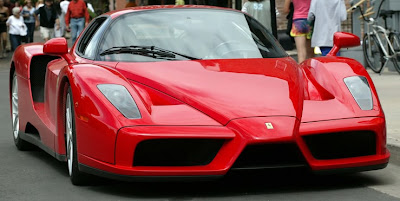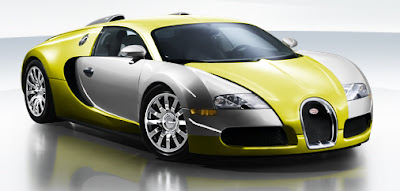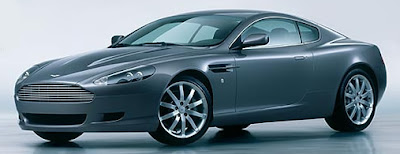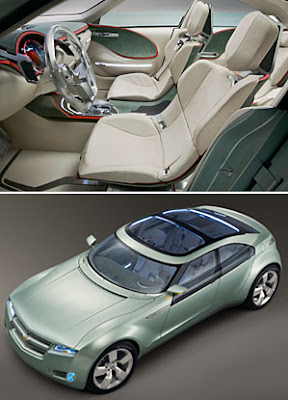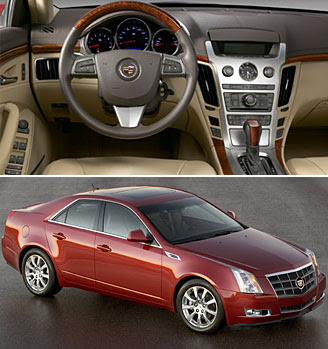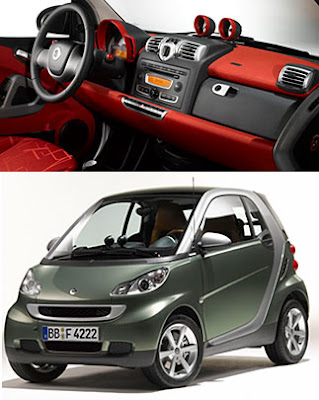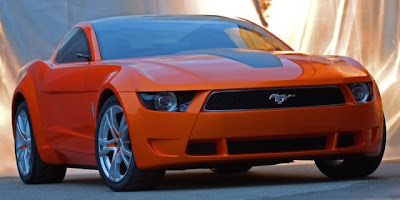
The 2005 Mustang GT is capable of performing a quarter-mile test in 13.5 seconds, with acceleration from 0-60 mph in 4.9 seconds. Added to the rear suspension is a three-linked system which controls the vertical and lateral movements of the axle. All model years of the current Mustang retain a live axle rear suspension providing the benefits of reduced cost and weight over a heavier, more expensive and complicated independent rear suspension, at the expense of handling. Ford has drawn heavy criticism from the motoring journalism community for the decision to equip the current Mustang with the live axle system, due to the poor handling that results. At a press conference, Ford stated that to include a modern suspension system would have added $5,000 to the showroom price of the car. The current Mustang GT also comes equipped with a limited slip differential complete with the same carbon-fiber clutch discs used in the 2003 to 2004 SVT Cobra and the 2007 Shelby GT500. The differential is designed for the 31-spline axles and the 8.8 inch ring gear. The basic V6 model (without the Pony Package), unlike the V8 GT model, lacks a rear anti-sway bar to prevent severe oversteer on hard cornering. The 2007 Mustang V6 and GT chassis, suspension, and body shares many of the same construction designs as the GT500. Thicker sheetmetal support and extra welds can be found on the 2007 chassis. Re-designed strut towers on the 2007 Mustang accommodate the wider 5.4 L 32-valve V8 engine in the GT500. The rear diffuser on the 2007 GT California Special package (GT/CS) is also found on the Shelby GT and GT500.
The Pony Package for the V6 Mustang became available starting in 2006. This option includes upgraded suspension, Bullitt-style wheels (originally only available on the GT), wider tires, a unique grille design with fog lamps, a rear deck spoiler, and unique door striping and emblems. Unlike previous V6-powered Mustangs, the current V6 Mustang has drawn a large aftermarket following. A notable example is Shelby Automobile's Shelby CS6 package for the V6 Mustang, specifically the Paxton supercharger, which increases the power of the V6 up to 350 hp (261 kW).
The Mustang sports additional optional features including: MyColor (a color-configurable instrument cluster available as part of the Interior Upgrade Package), Shaker 500 (500 watts peak output) CD/MP3 6-disc audio system, Shaker 1000 (1,000 watts peak output) CD/MP3 6-disc audio system, and brushed aluminum panels (also part of the Interior Upgrade Package). In 2007, even more options were offered including a DVD-based GPS navigation system made by Pioneer (late availability), power passenger seats, heated seats, revised interior colors, and Sirius satellite radio. The GT Appearance Package made its debut in 2007 as well. This package adds a non-functional hood scoop, bright rolled exhaust tips and an engine cover featuring the pony emblem.
